Massimo Giorgetti’s new rug collection takes Milan’s 1960s metro system as a departure point
Fashion designer Massimo Giorgetti has designed a rug collection for CC-Tapis inspired by curving metal tubes that run along metro station staircases
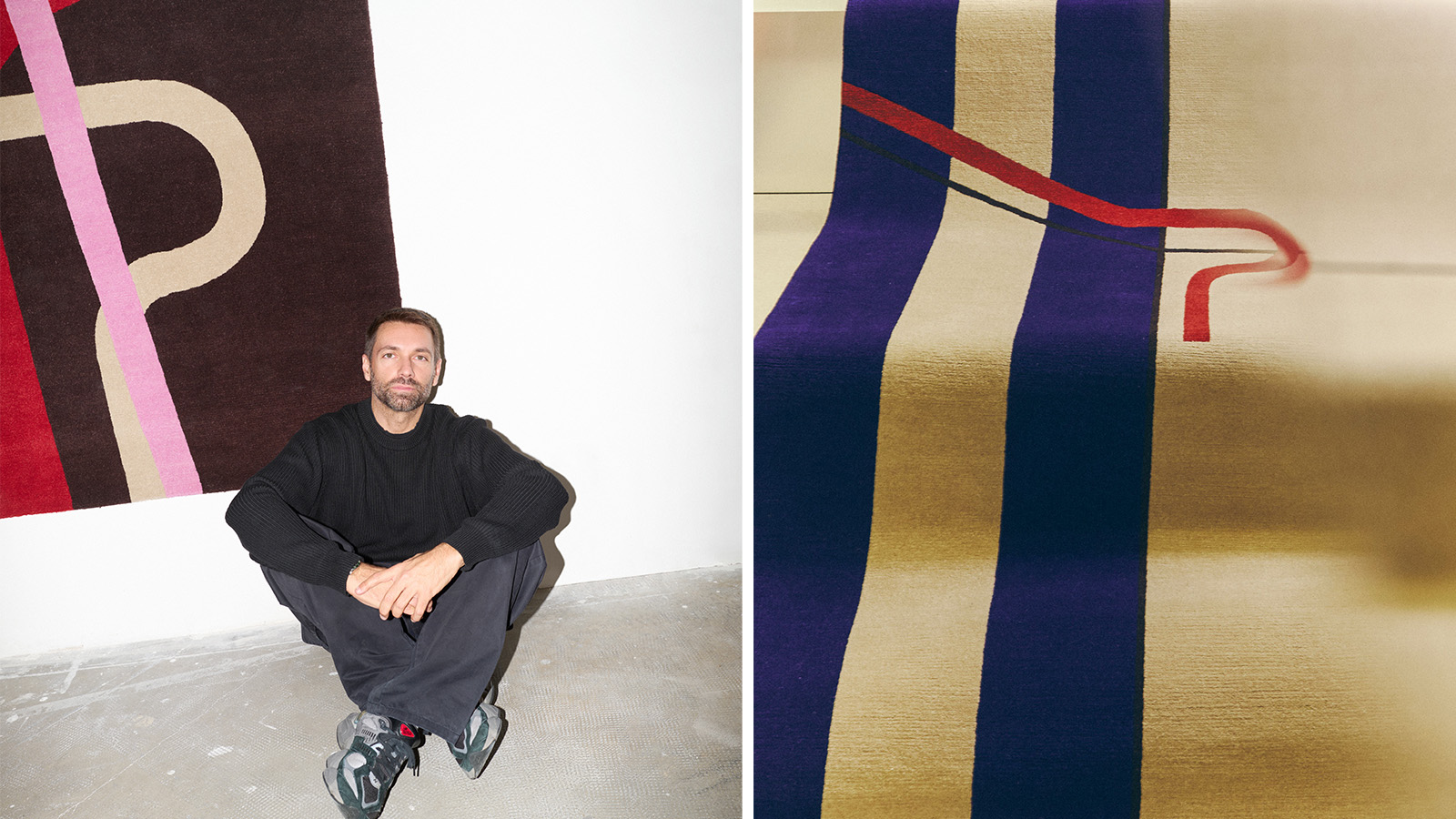
The fashion designer Massimo Giorgetti remembers with clear precision the first time that he rode on the Milan metro. ‘It was 1998 and I remember arriving at the red line and seeing the handrail,’ he says, referring to the elegantly curving metal tubes that run along the station staircases, designed by Franco Albini and Franca Helg in 1964. ‘I didn’t know anything about Franco Albini or Franca Helg, but I started to study and soon it became an obsession.’ At the time, he had yet to move to the northern metropolis from his hometown of Rimini, or to found MSGM, his fashion label known for its bold prints and smart, youthful designs.
Massimo Giorgetti’s new rug collection for CC-Tapis
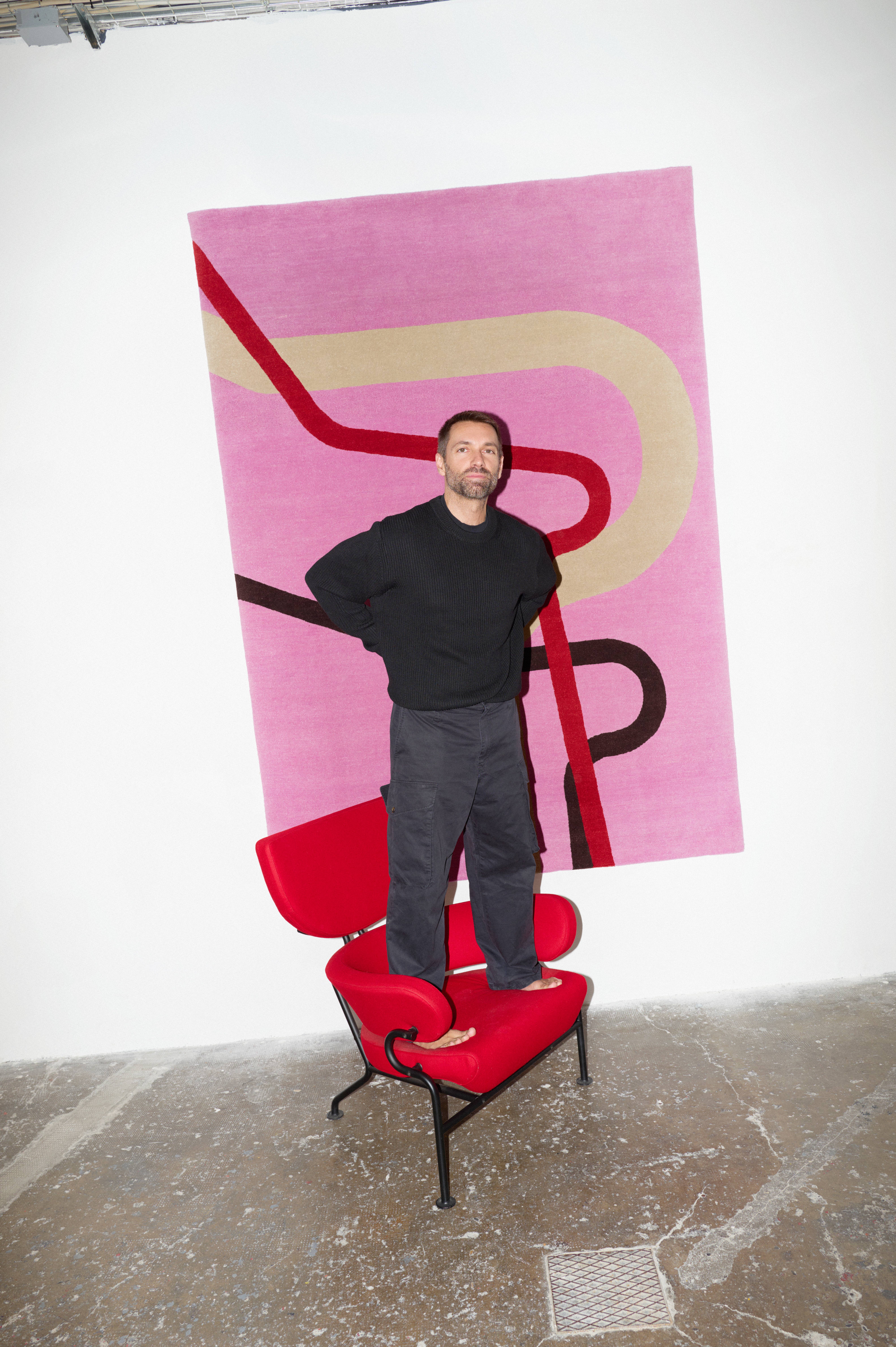
Since then, Giorgetti has returned time and again to this exemplar of Italian urbanism. Earlier this year, he staged a runway show in a subterranean corridor of the city’s Porta Venezia station, where he sent models across the glossy black Pirelli rubber floors holding prototypes of the handrail sourced from Albini’s archive and wearing black trench coats printed with its image. And more recently, he has collaborated with Milanese brand CC-Tapis and the Franco Albini Foundation on a new rug collection, which also coincides with the metro’s 60th anniversary.

The finished design of the ‘Milano Porta Romana’ rug, showing the shape of the Milan neighbourhood where Giorgetti lives and works

The sketch of the ‘Milano Porta Romana’ rug
Built during the boom of Italy’s postwar ‘economic miracle’ for a newly minted class of urban professionals, the Milan metro is a paragon of an era that emphasised the democratisation of good design. By then, Albini and Helg were already well-known as prolific architects and designers. Previous works included the Rationalist-style Rinascente department store in Rome and the widely produced ‘832 Luisa’ armchair, composed of a thin wooden frame and floating backrest.
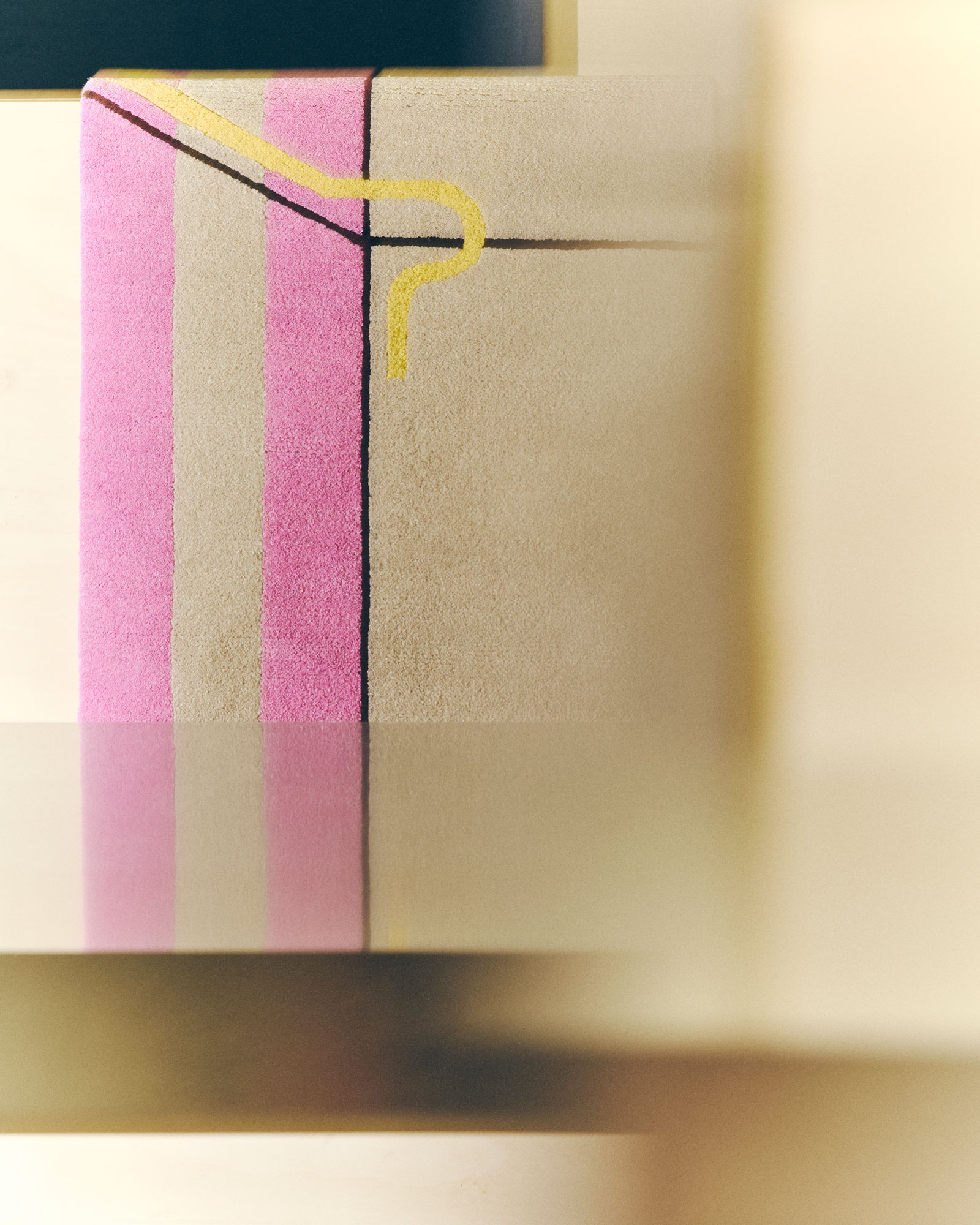
In designing the metro, the architects used materials that were both functional and handsome: reinforced concrete walls, whose red, black and grey terrazzo-like pattern disguised stains and nicks; polished stone benches that were both sturdy and stylish; and, of course, the red steel handrail, whose tubular form recalls the clear, curved lines of the era’s modern furniture. The metro also represented a triumph in way-finding. Set just above eye level on the platform is a continuous red stripe printed with contrasting white letters (in a custom font designed by Bob Noorda) spelling out the station name and orienting passengers at a glance – a seemingly obvious element that has now been adopted internationally. The overall design was so impactful that, later that year, the Milan metro won the Compasso d’Oro prize.
‘I remember arriving at the red line and seeing the handrail. I didn’t know anything about Franco Albini or Franca Helg, but I started to study and soon it became an obsession’
Massimo Giorgetti
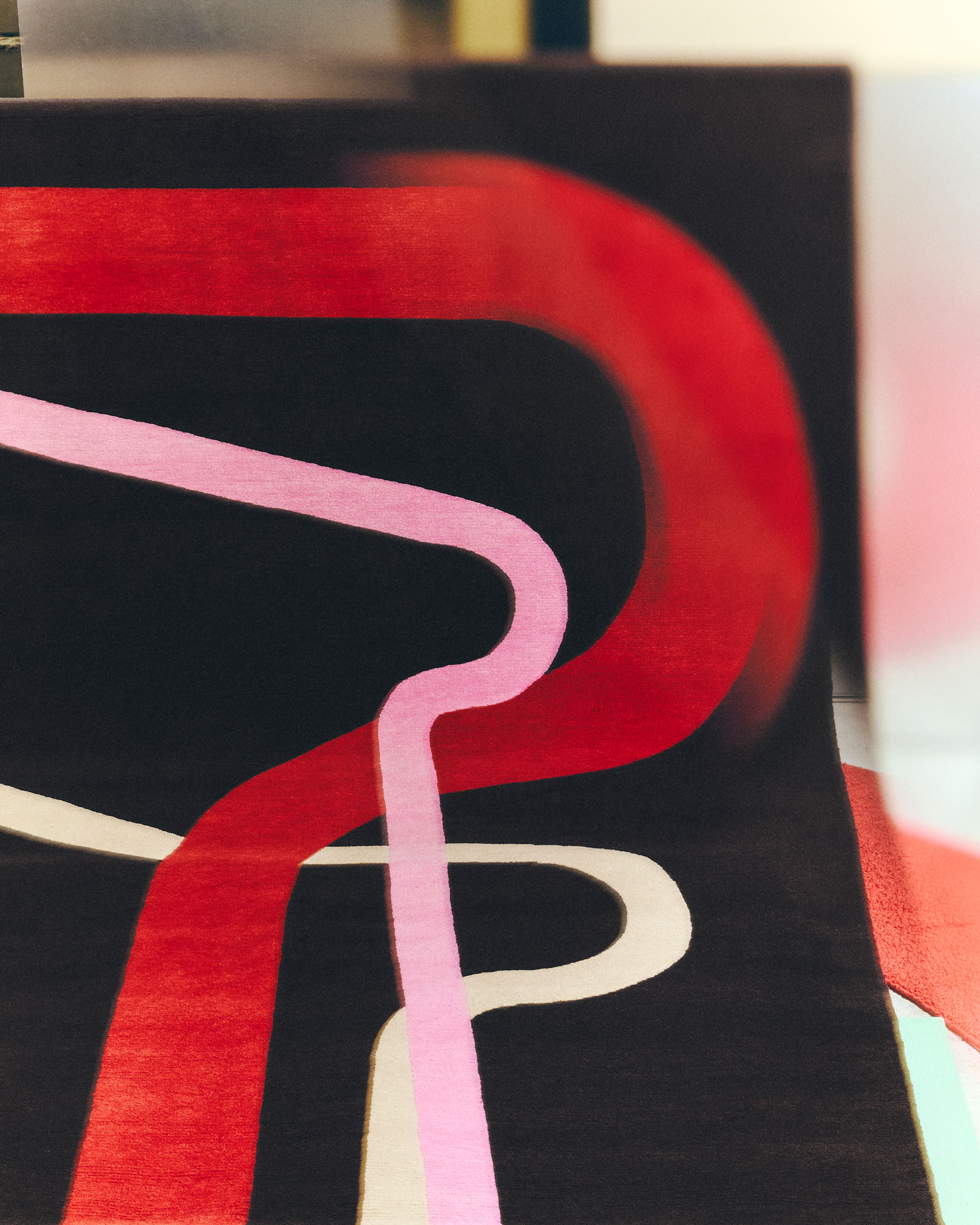
The finished design and a sketch of the ‘Veins’ rug, depicting the Milan metro lines and red handrail
In his collections for MSGM, Giorgetti often weaves in tributes to his adopted city (a T-shirt with ‘I thought it was love, instead it was Milan’ written in Italian was famously once worn by mayor Beppe Sala). Though all the rugs feature the handrail’s silhouette in some form – layered in varying scales in shades of white, red and brown or bisecting the frame like a lightning strike – other elements are distinctly autobiographical.
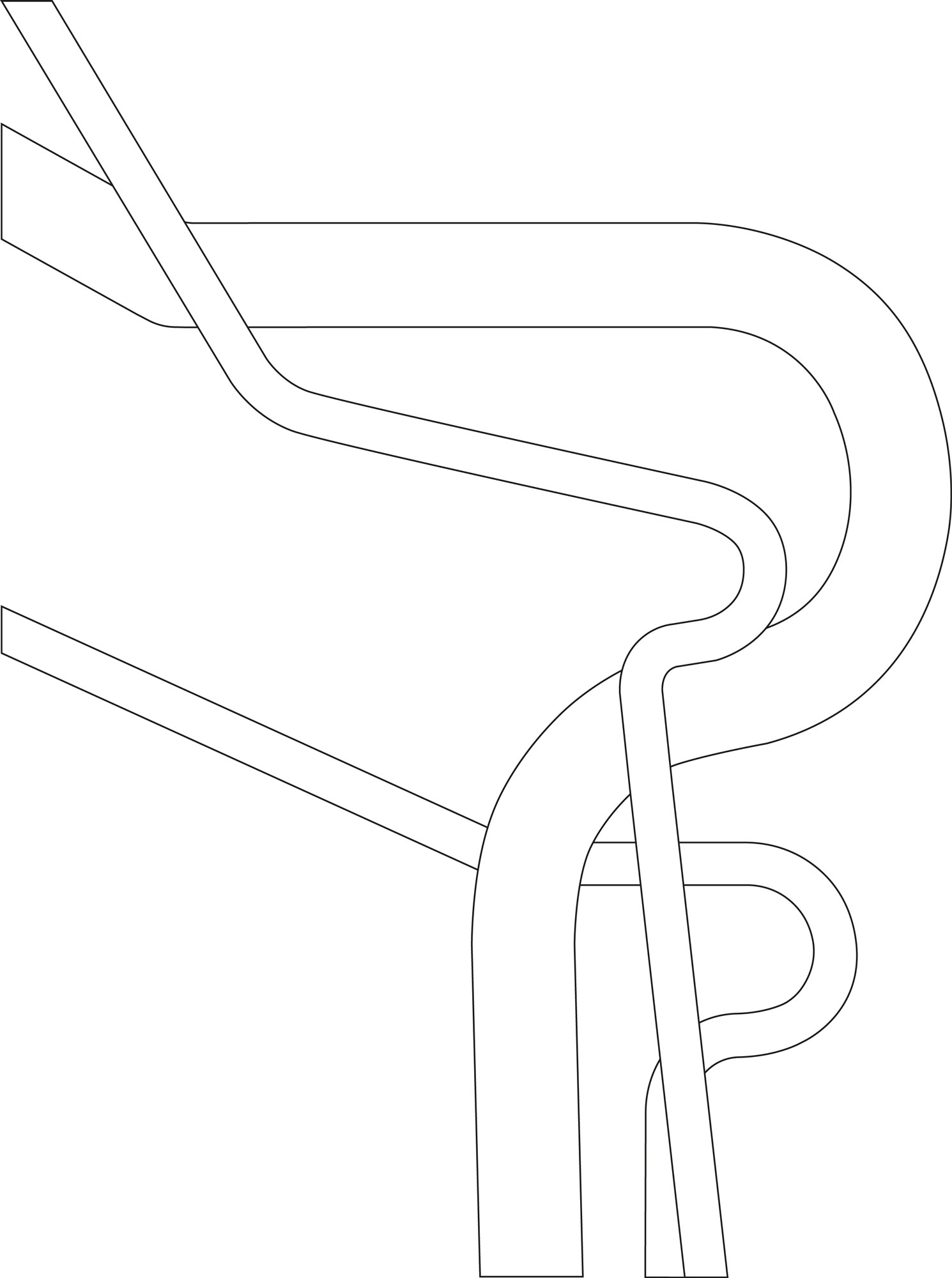
The sketch of the 'Veins' rug depicting the Milan metro lines and red handrail
The vertical blue and pink stripes that run along the edges of several of the rugs, for instance, represent the ubiquitous rows of umbrellas that populate Rimini’s wide sandy beaches. An amorphously-shaped section, where the wool pile is slightly raised, is, in fact, the outline of Porta Romana, the Milan neighbourhood where Giorgetti lives and works. Even the titles reference his day-to-day experiences. One rug is named ‘3 Hours and a Half’, which is approximately the time it takes him to drive from Rimini to Milan.
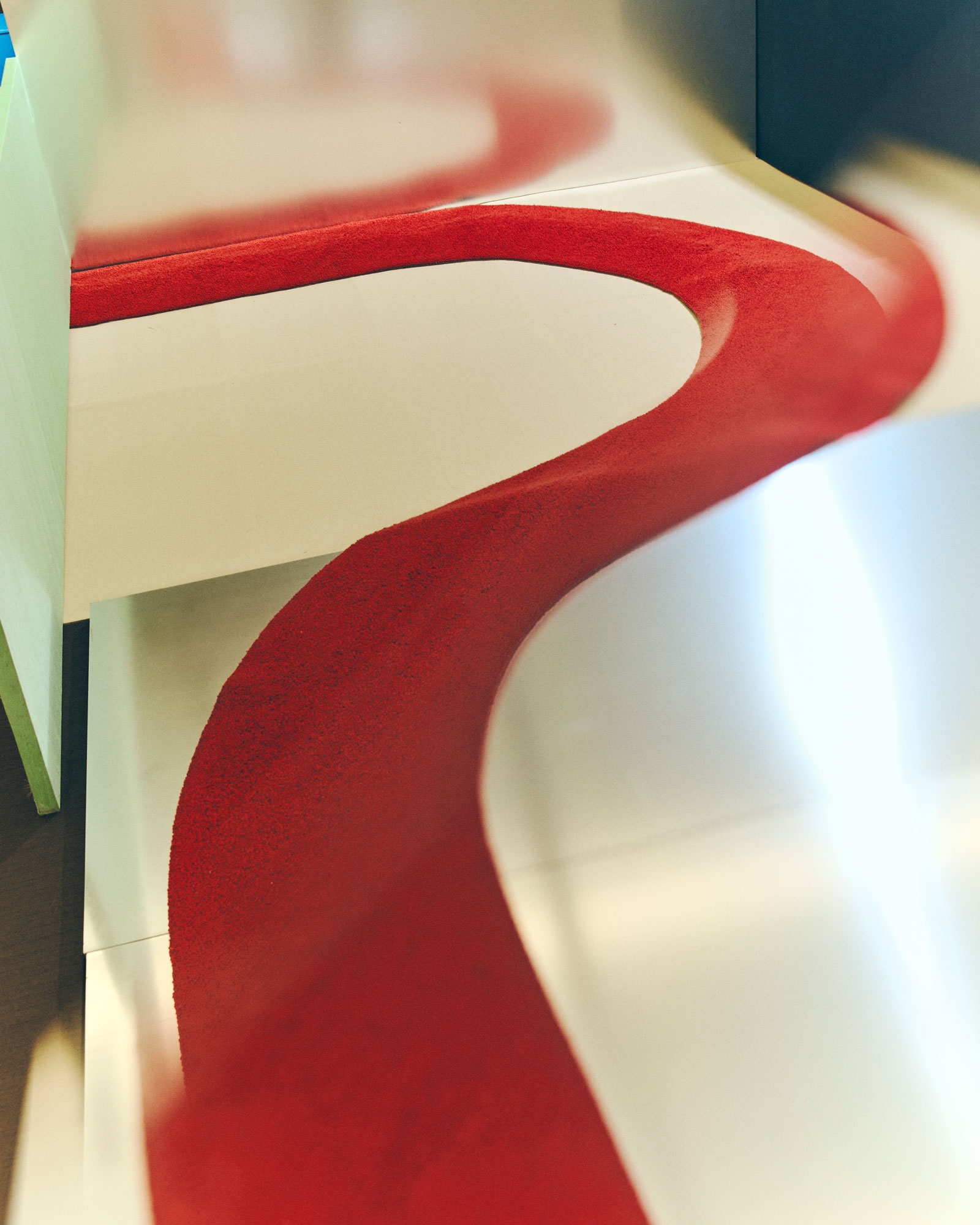
‘It’s an homage to the city,’ says CC-Tapis’ art director Daniele Lora, who explains that the collection also marks an evolution for the brand. In 2022, the company relocated its operations to a 2,000 sq m former factory in the industrial Mecenate district. The four-storey building now accommodates both its growing team and a large robotic tufting machine, which allows them to develop gargantuan prototypes and one-off pieces on-site. Previously, all production was carried out at its atelier in Nepal, where its rugs are hand-knotted by a team of local artisans.
Receive our daily digest of inspiration, escapism and design stories from around the world direct to your inbox.

The new rug collection exhibited at Ordet Gallery in Milan
‘Working with the tufting machine, we are able to create very precise 3D effects,’ says Lora. For the accompanying exhibition currently on show at Milan’s Ordet Gallery, Giorgetti used the machine to produce a 6.5m-long reproduction of Albini and Helg’s red handrail, which will be placed on the floor in the centre of the gallery like a sculpture. Lora explains that, with the tufting machine, they were even able to replicate the cylindrical curve of the tubing. ‘When you are hand-knotting a rug, you can’t be precise down to the millimetre,’ he says.

The new rug collection exhibited at Ordet Gallery in Milan
In November 2024, several city-wide events are planned for the metro’s 60th anniversary, including station tours and an exhibition curated by the Franco Albini Foundation. But, says Giorgetti, something as quotidian as the metro is best appreciated during the routine moments of our everyday lives. ‘If Milan is a body, then the metro is the veins. It’s how the Milanese go to work or go to dinner. It’s like a theatre where we live.’
The new rug collection is on show until 12 October 2024 at Ordet Gallery, Milan. CC-Tapis has not yet decided whether to sell the limited edition collection, or keep it for its archives. ordet.org, shop-msgm.com, cc-tapis.com, fondazionefrancoalbini.com
This article appears in the November 2024 issue of Wallpaper*, available in print on newsstands, on the Wallpaper* app on Apple iOS, and to subscribers of Apple News +. Subscribe to Wallpaper* today
Laura May Todd, Wallpaper's Milan Editor, based in the city, is a Canadian-born journalist covering design, architecture and style. She regularly contributes to a range of international publications, including T: The New York Times Style Magazine, Architectural Digest, Elle Decor, Azure and Sight Unseen, and is about to publish a book on Italian interiors.
-
 In 2025, fashion retail had a renaissance. Here’s our favourite store designs of the year
In 2025, fashion retail had a renaissance. Here’s our favourite store designs of the year2025 was the year that fashion stores ceased to be just about fashion. Through a series of meticulously designed – and innovative – boutiques, brands invited customers to immerse themselves in their aesthetic worlds. Here are some of the best
-
 The Wallpaper* team’s travel highlights of the year
The Wallpaper* team’s travel highlights of the yearA year of travel distilled. Discover the destinations that inspired our editors on and off assignment
-
 The architecture of Mexico's RA! draws on cinematic qualities and emotion
The architecture of Mexico's RA! draws on cinematic qualities and emotionRA! was founded by Cristóbal Ramírez de Aguilar, Pedro Ramírez de Aguilar and Santiago Sierra, as a multifaceted architecture practice in Mexico City, mixing a cross-disciplinary approach and a constant exchange of ideas
-
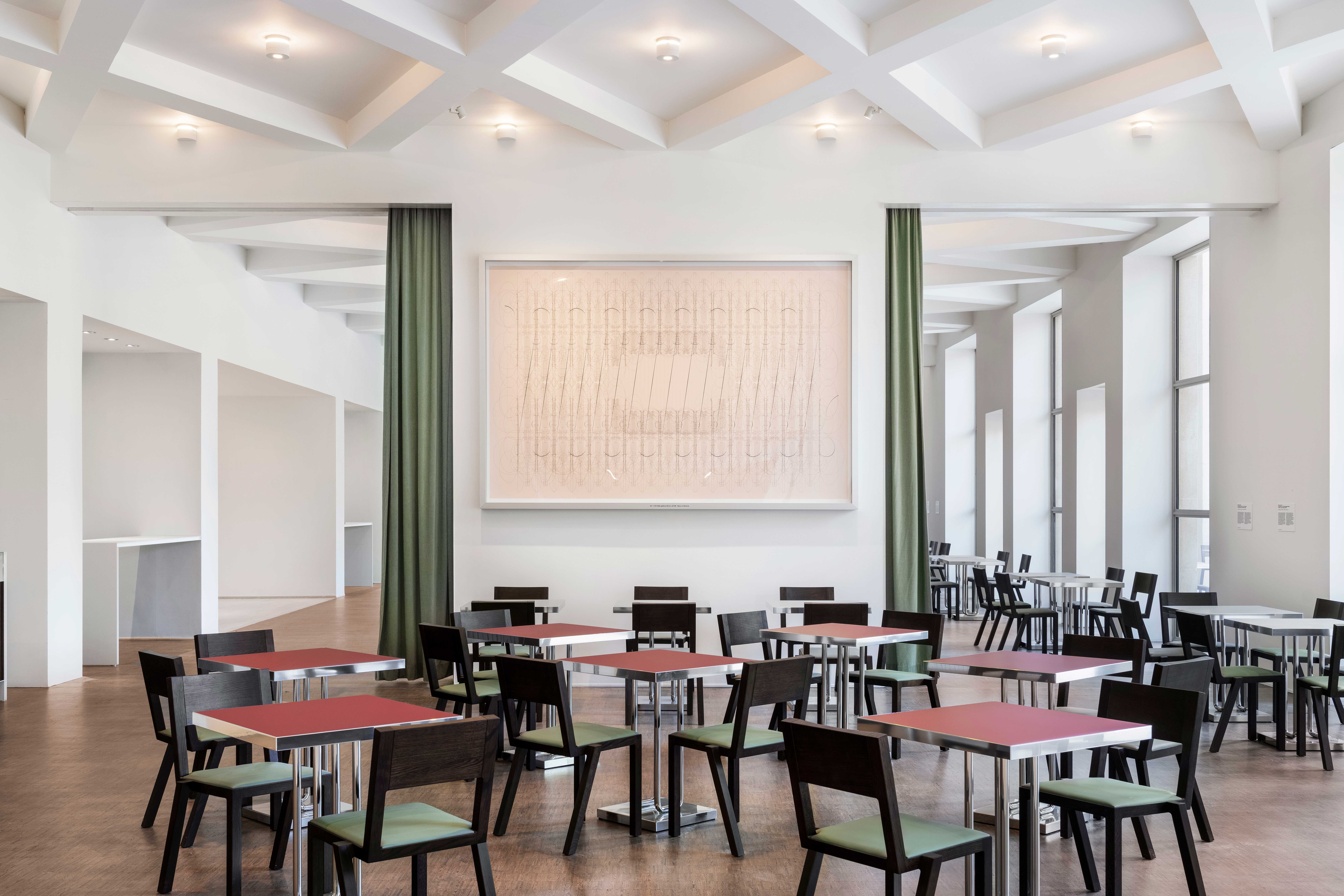 Dine within a rationalist design gem at the newly opened Cucina Triennale
Dine within a rationalist design gem at the newly opened Cucina TriennaleCucina Triennale is the latest space to open at Triennale Milano, a restaurant and a café by Luca Cipelletti and Unifor, inspired by the building's 1930s design
-
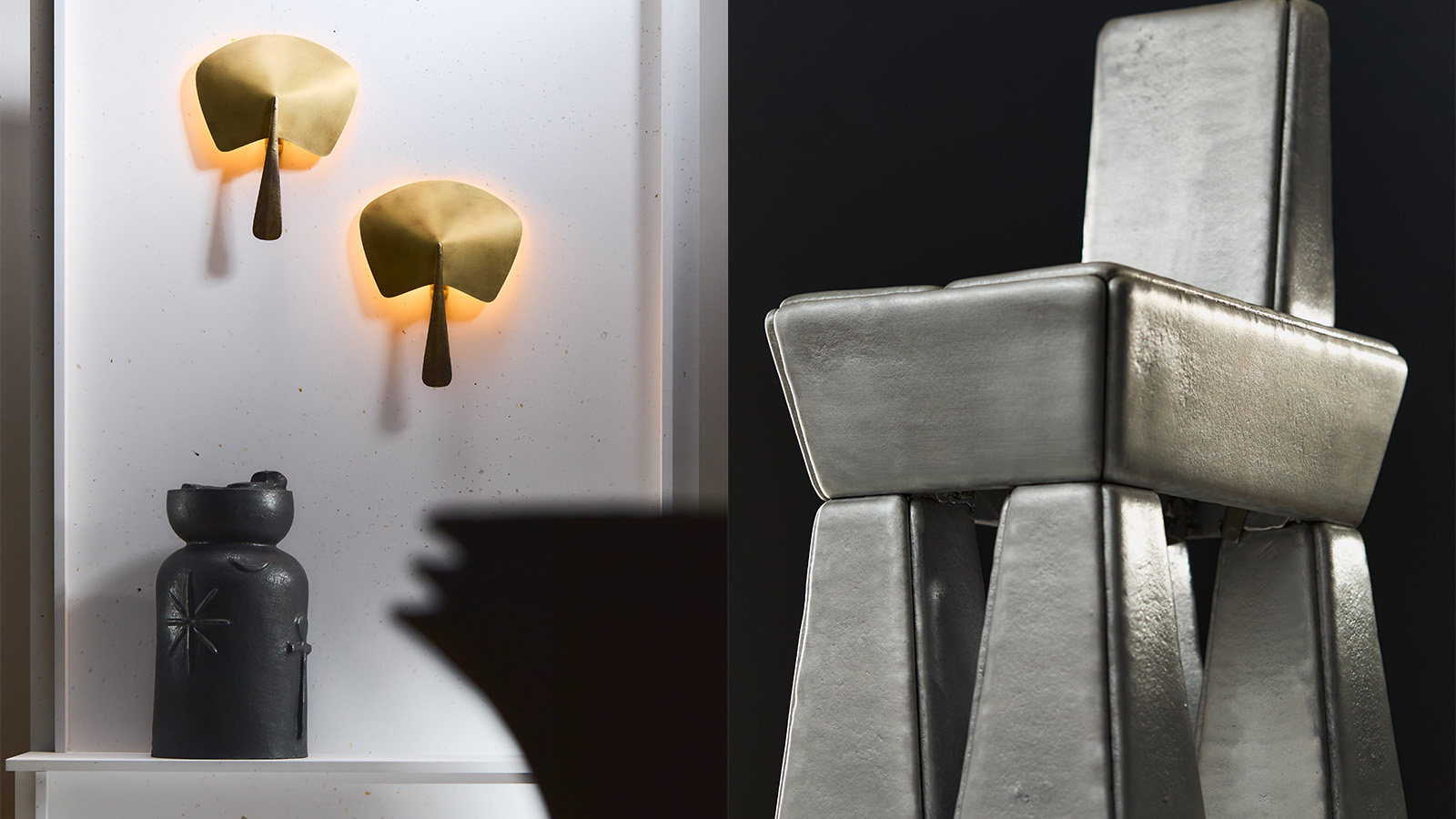 20 emerging designers shine in our ‘Material Alchemists’ film
20 emerging designers shine in our ‘Material Alchemists’ filmWallpaper’s ‘Material Alchemists’ exhibition during Milan Design Week 2025 spotlighted 20 emerging designers with a passion for transforming matter – see it now in our short film
-
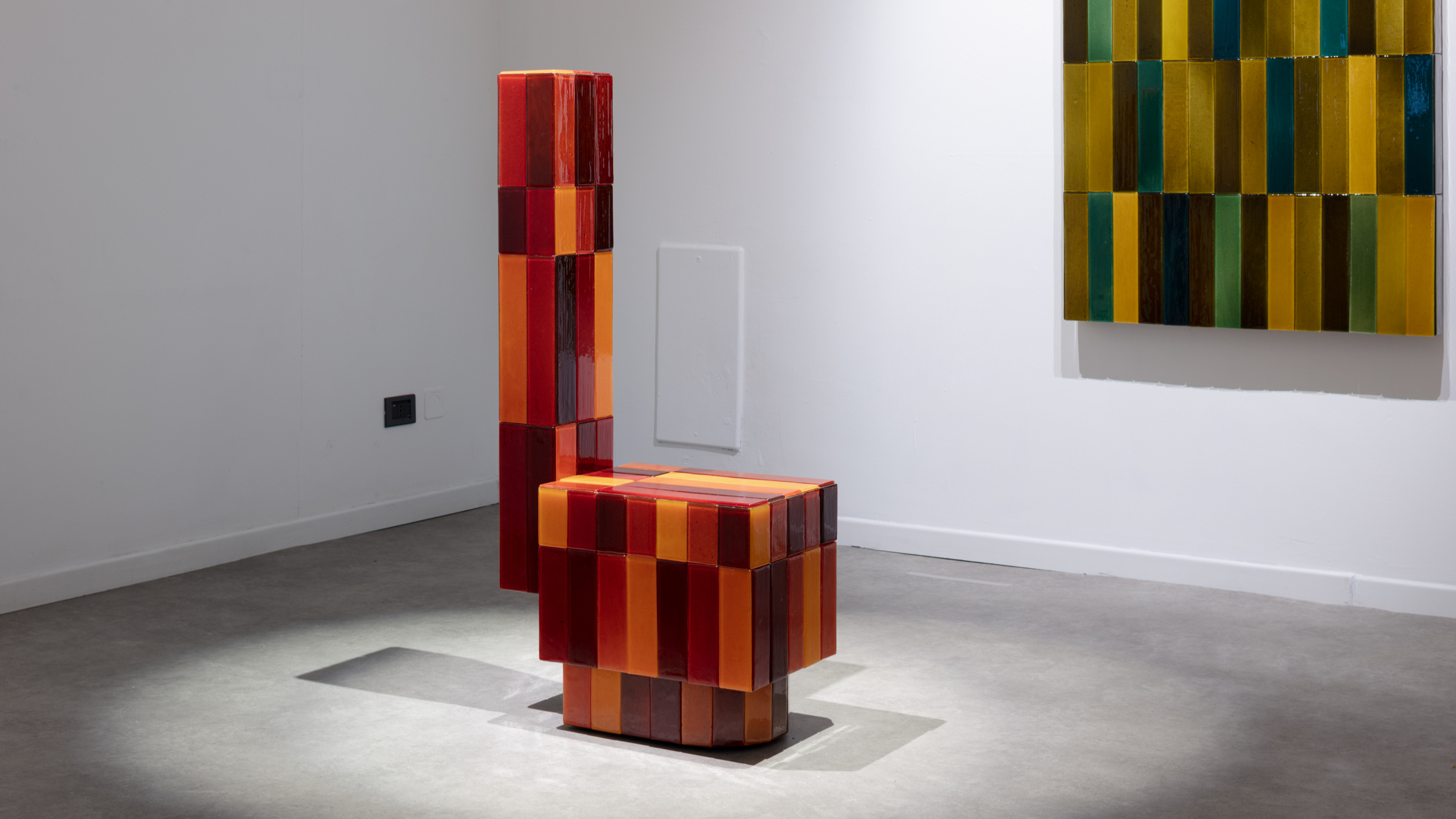 Tokyo design studio We+ transforms microalgae into colours
Tokyo design studio We+ transforms microalgae into coloursCould microalgae be the sustainable pigment of the future? A Japanese research project investigates
-
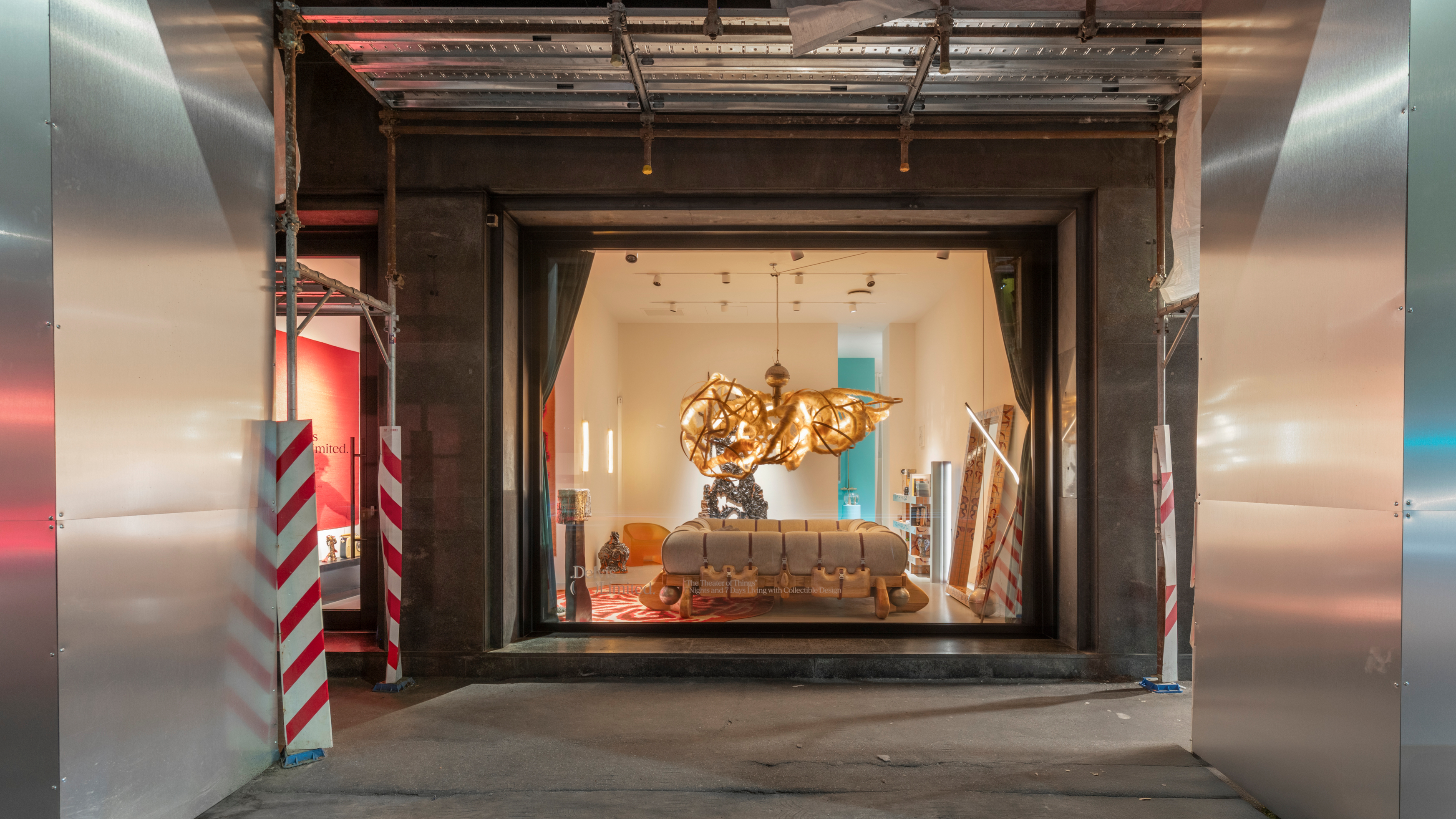 Delvis (Un)Limited turns a Brera shopfront into a live-in design installation
Delvis (Un)Limited turns a Brera shopfront into a live-in design installationWhat happens when collectible design becomes part of a live performance? The Theatre of Things, curated by Joseph Grima and Valentina Ciuffi, invited designers to live with their work – and let the public look in
-
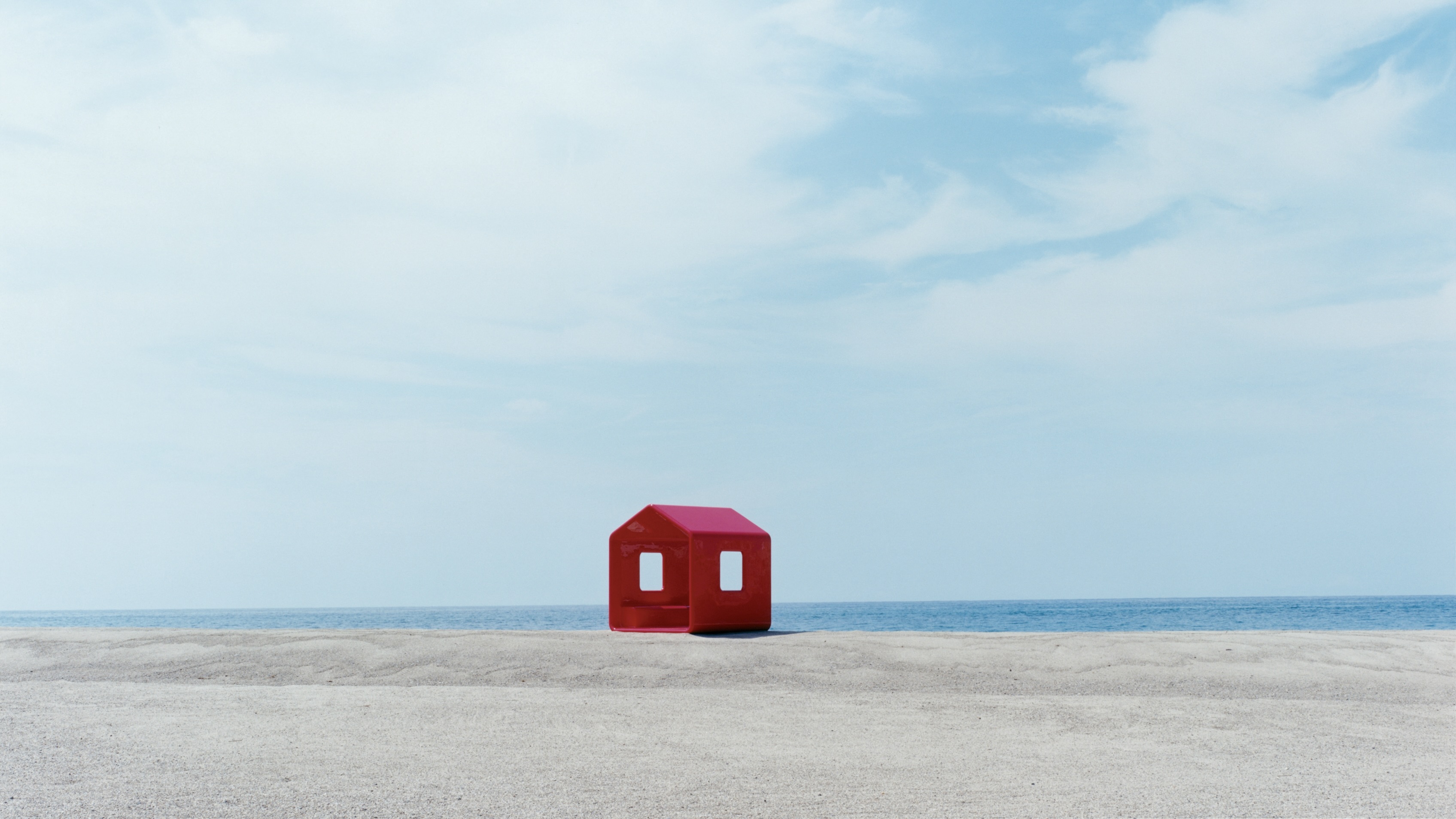 Naoto Fukasawa sparks children’s imaginations with play sculptures
Naoto Fukasawa sparks children’s imaginations with play sculpturesThe Japanese designer creates an intuitive series of bold play sculptures, designed to spark children’s desire to play without thinking
-
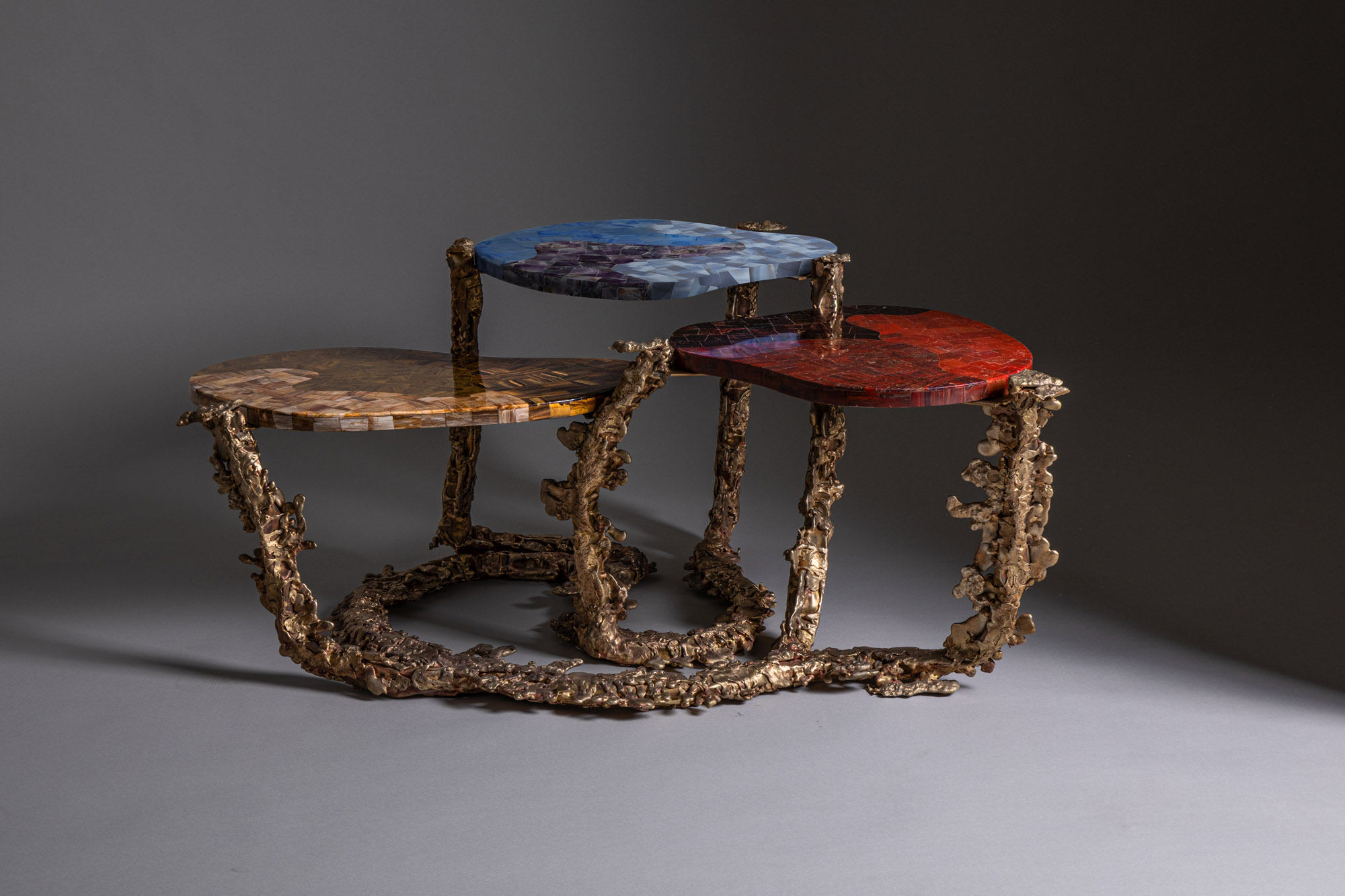 Inside the Shakti Design Residency, taking Indian craftsmanship to Alcova 2025
Inside the Shakti Design Residency, taking Indian craftsmanship to Alcova 2025The new initiative pairs emerging talents with some of India’s most prestigious ateliers, resulting in intricately crafted designs, as seen at Alcova 2025 in Milan
-
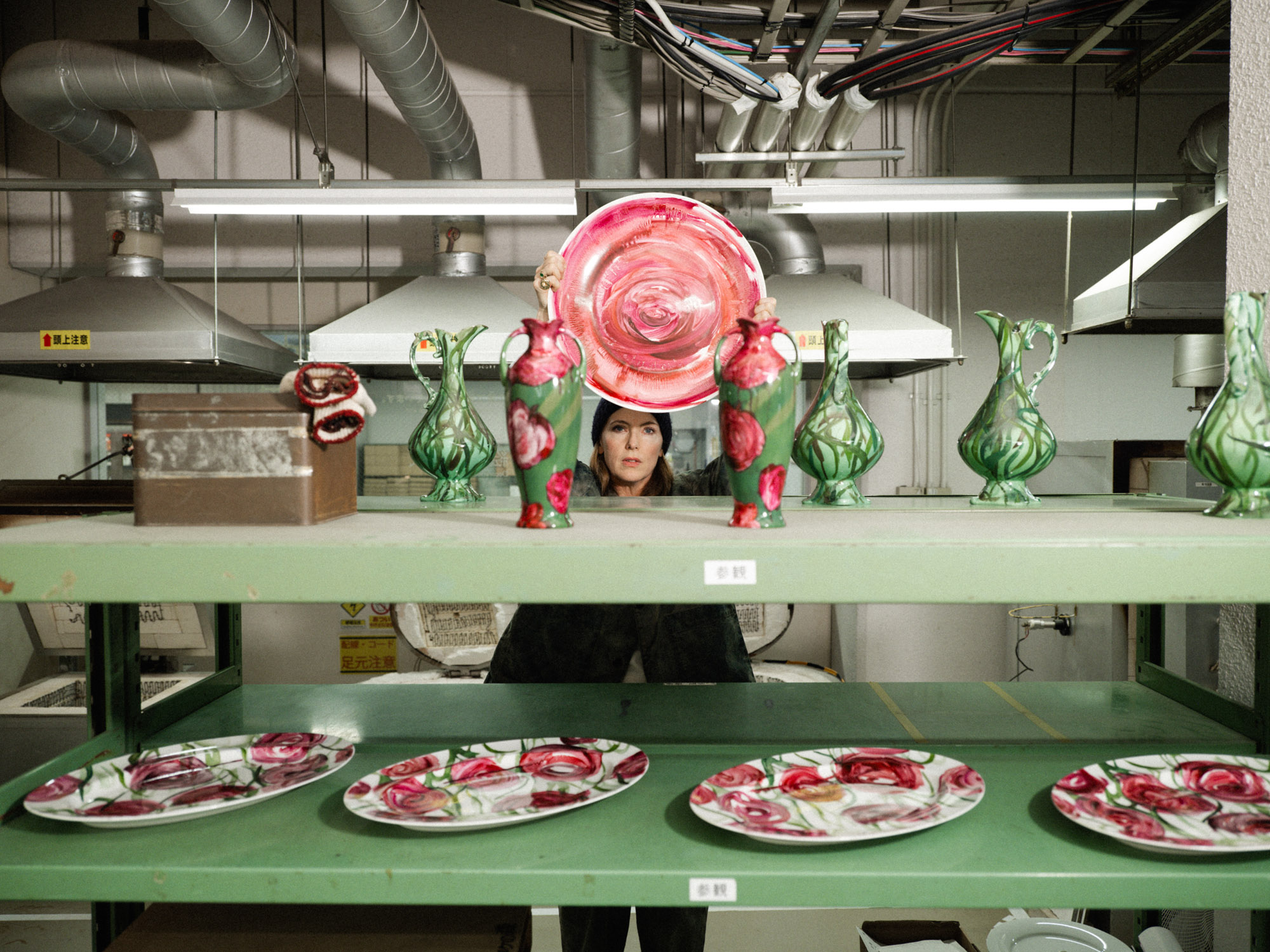 Faye Toogood comes up roses at Milan Design Week 2025
Faye Toogood comes up roses at Milan Design Week 2025Japanese ceramics specialist Noritake’s design collection blossoms with a bold floral series by Faye Toogood
-
 6:AM create a spellbinding Murano glass showcase in Milan’s abandoned public shower stalls
6:AM create a spellbinding Murano glass showcase in Milan’s abandoned public shower stallsWith its first solo exhibition, ‘Two-Fold Silence’, 6:AM unveils an enchanting Murano glass installation beneath Piscina Cozzi